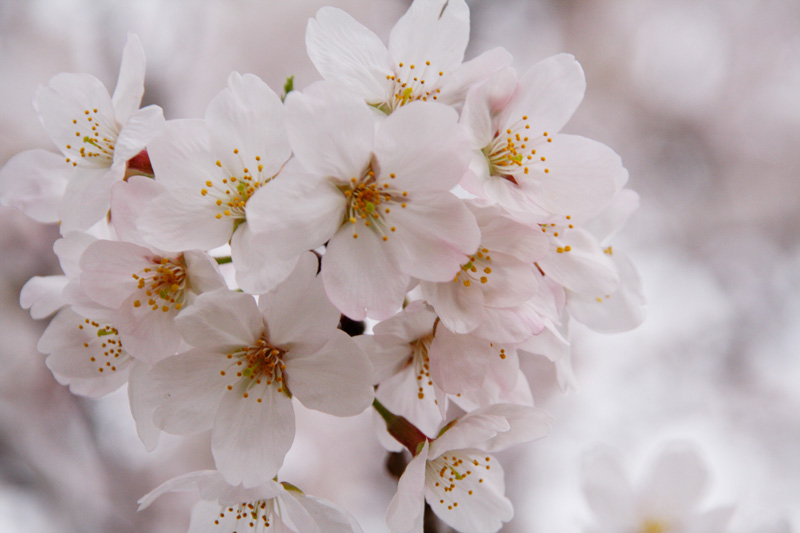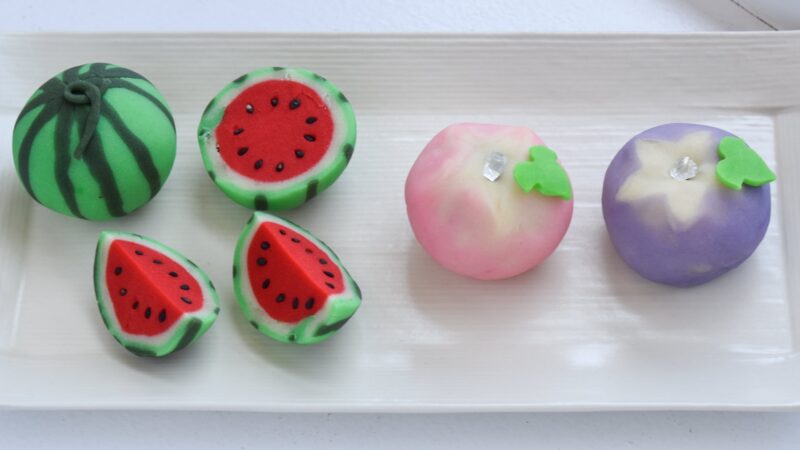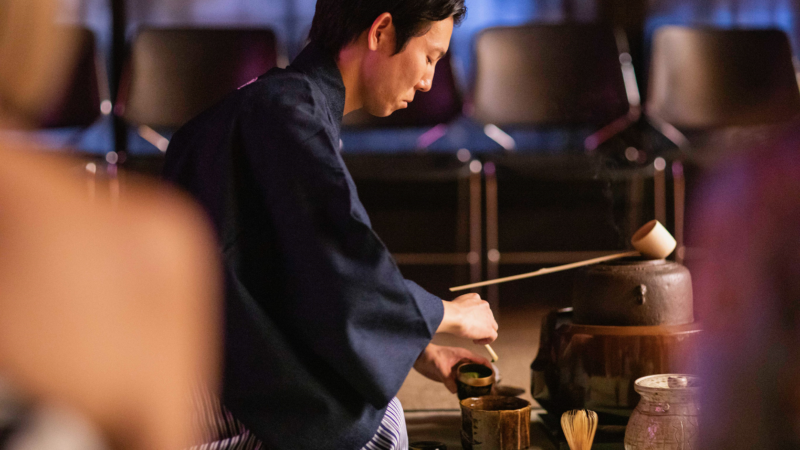Japanese Cooking Blog with Asako Nonaka #2
Asako Nonaka ◆ April 4, 2015

Hi! I am Asako. How are you doing? Here in New York it’s still cold weather but I feel the coming of spring day by day. My friends in Japan post a lot of beautiful photos of cherry blossoms and they make me happy. Japanese cherry blossoms called “Sakura” are great. Among them I especially like “Someiyoshino.” The color is white-pink and it has so many flowers. If you have a chance to visit Japan, I recommend you stay in the season of the bloom. There is a traditional Japanese custom called “Hanami;” enjoying the transient beauty of flowers. You can check the season of bloom via the internet.

In Japan there is an old calendar called “24 sekki”, which is defined by the ecliptic longitude of the sun. The sun turns around the earth to take 365 days and this calendar divides it into 24 equal sections and they mark celestial events including the solstices and equinoxes. Though it was originally used for farmers, some of them are still used as national holidays. Each season has their own meaning so I would like to introduce them here in this blog each time.
April 5th is “Seimei” in 24 sekki and it’s the fifth season from the beginning of spring called “Risshun”. It literally means “Clear and bright” and expresses the season in which every flower blooms profusely. The plants that were sleeping during the winter have regenerative powers and grow again. Human beings stock the energy the same as plants during the winter. They also stock extra fat, body waste and toxins. Spring is the best season in which our body replaces the old with the new. In other words, our body extracts fat, cholesterol, toxic metal and chemical substances (i.e. mercury, lead, cadmium and arsenic) and recovers its proper function.
Like cabbage, asparagus, bamboo shoots and green peas, spring vegetables have nutrients to detoxify bodies. Why don’t you eat tasty seasonal vegetables and get a clean body as well!
This time I will introduce the recipe using cabbage. Here are health benefits of cabbage.
- Vitamin C and U rich.
- Vitamin C enhances the immune system and prevents colds.
- Vitamin U helps the intestinal tract and is a liver detox.
- Calcium, Potassium and Fiber rich.
- Water-soluble fiber helps to clean the intestines to remove cholesterol.

Recipe: Cabbage with Sesame, Miso, Garlic and Pickled Plum Dressing

Ingredients
- 1/4 of cabbage
- 1 tbsp of white sesame
- 1 tbsp of miso
- 1 clove of garlic
- 1 tsp of sesame oil
- 1 tsp of soy sauce
- 1 pickled plum
- *1 carrot
- *8 grape tomatos
- *2 eggs
Directions
- 1. Cut the cabbage into bite-size pieces.
- 2. Boil water in pan and boil cabbage for 2 minutes. Drain and leave it as it is.
- 3. Remove the seed from the pickled plum and chop the pulp.
- 4. Chop the garlic.
- 5. Put the sesame, garlic, miso, sesame oil, soy sauce, and the pulp of the plum in a bowl and mix them.
- 6. Squeeze the cabbage and drain again. Add the cabbage in the bowl and mix.

This is very easy to cook and you can get a lot of antioxidants. Garlic and pickled plum are also rich in anti-oxidants. I like to add carrot and tomato to be colorful. You can add scrambled egg which is made from Easter egg!

Feel free to enjoy cooking. If you tried this recipe, feel free to post a comment here.
My Japanese cooking workshop at RESOBOX will be on April 11th, Saturday, at 10:00-12:00. We are going to cook handmade soba (buckwheat noodles). Soba is one of the traditional Japanese foods and it has a lot of health benefits. Unfortunately that will be my last workshop because I am moving to Japan. So feel free to come and join us!




